Dream Sequence 3
i always hated the moisture, it makes me feel tired
2021
Interactive Installation, Unity Engine, 7 Singers, CGI videos
Commissioned by Arts Promotion Office
Creative Support Max Lee, Jacqueline Wong, Ho Ying-yi
Producer Jacqueline Wong
Production Manager Ho Ying-yi
Sound Design Alain Chiu, Jaycee Kwok
Video Shooting Felix Chan
Video Editing Max Lee
Unity Programmer Kwan Kai
CGI Animation Jose Lai
Text Ho Ying-yi
Graphic Design for Promotional Materials MAJO
Contributors Kent Foran, Charla, Winnie Chau
Vocal Performance Die Konzertisten
Chorus Master Ernest Hui
Soloist Law Tsz-ying, Kenix Tsang, Karis Ho, Bonnie Liu, Irwin Chan, Alexander Chen, Caleb Woo
Coordinator for Vocal Performance
Waisun Chung
vA! Programme & Curatorial Team Lesley Lau, Joan Chung, Geoffrey Wong, Lau Hiu-shan, Nicola Chan, Stitch Wong
Artist Statement
Note: The following is a prelude to Dream Sequence and an artist statement to yet-to-be-realised Assemblages. To me, they are inseparable and are to be discussed in succession.
Dream Sequence is an online multimedia project based on Assemblages, but its conception goes way back. As a social media native (or addict, and even more so after these two surreal years), I am intrigued by how information and narratives are transmitted online. So while the inception of Dream Sequence is to adapt an audio-spatial installation, Assemblages, into an online artwork, I take it as an opportunity to explore the form of assemblage further.
Assemblages is about a recurring, lingering dream that appears every once in a while. It takes on different meanings at different points in my life. This dream meanders through memories, facts, fictions, made-beliefs, self-fulfilling prophecies, fictitious entries, metaphors, and approximations. With each iteration, the dream takes on different lives and becomes new realities: it transforms from imaginations to new perceptions, from symbols to metaphors to new concepts. These dreams are romantic, poignant, eerie, uncanny, joyous, sensual all at the same time. These dreams deconstruct the past, and from the debris, build new meanings. I see the recurrence and the multiplicity as a metaphor of now, a process in which the hyperreal becomes a reality. These dreams converge onto an assemblage of "nows”.
Assemblages embodies multiple meanings: to begin, assemblage as an art form and an approach, that is, to collect and reexamine thoughts and memories, and to display them in such ways that allow me to delve into my thoughts and create new worlds. Secondly, I look at assemblage as a metaphor for time. Time is relative and with different entry and exit points. Time is "becoming" and not fixated; it is omnipresent and ever-changing. These are represented by the looping spatial-sonic installation, and the singers' anachronic musical style.
Naturally, the ethos and the subject matter of the former work carries over; Dream Sequence also takes on multiple shapes (an online assemblage art if you would.) It is a potpourri that is at times an audiovisual mesh, an alternate reality game, a vlog, a social media account, and a mobile game. However, this work is not bounded by physical and temporal spaces. These rabbit holes, which have multiple entry and exit points, constitute an ethereal continuum of everlasting dreams that goes back and forward in time.
In the end, Dream Sequence is an interconnected system of rhizomes that lives naturally in online spaces. I hope that it will invite interaction and strike dialogues, and continue to make new entries and exits after its launch.
Last but not least, I view assemblage as a state, a social construct, and a way to situate ourselves within the chaos. When reality becomes uncanny, real-life events depart from the "norm", the dichotomy of real and surreal no longer applies. The multiplicity and uncertainty force us to forego the sense of security we crave for. We need to flow with the current, embrace it, create new worlds, act upon it, and do what we think is right. The dream, no matter if it's real or hyperreal, becomes a part of the assemblage.
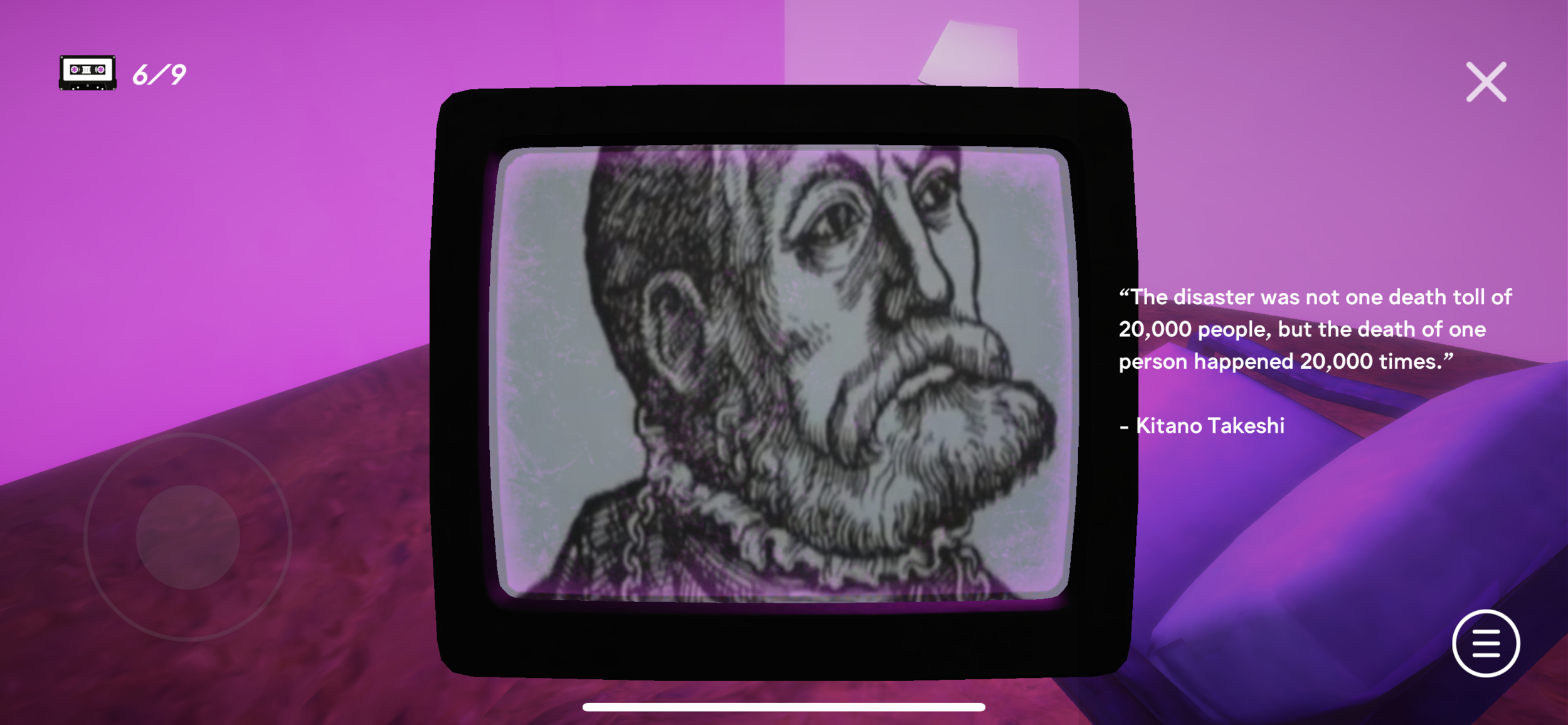
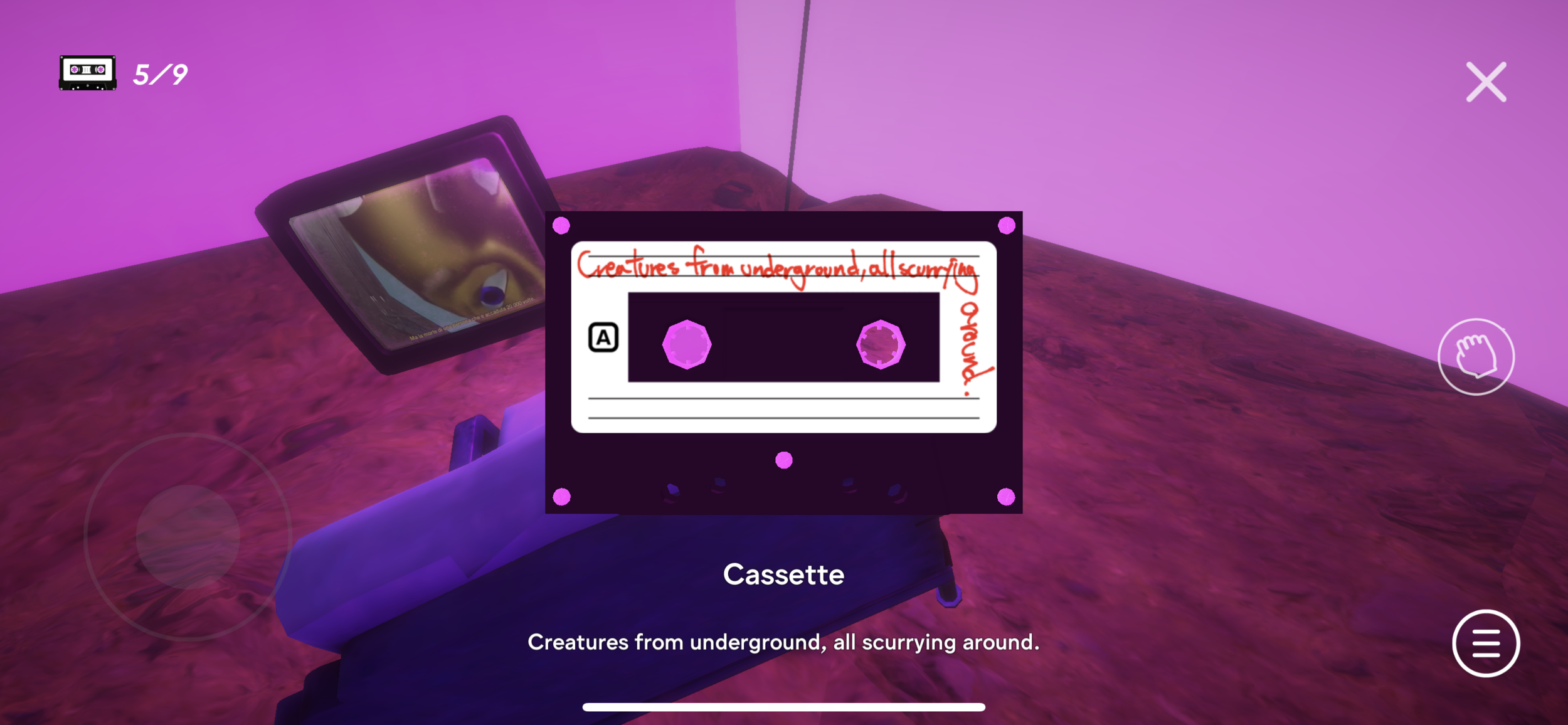

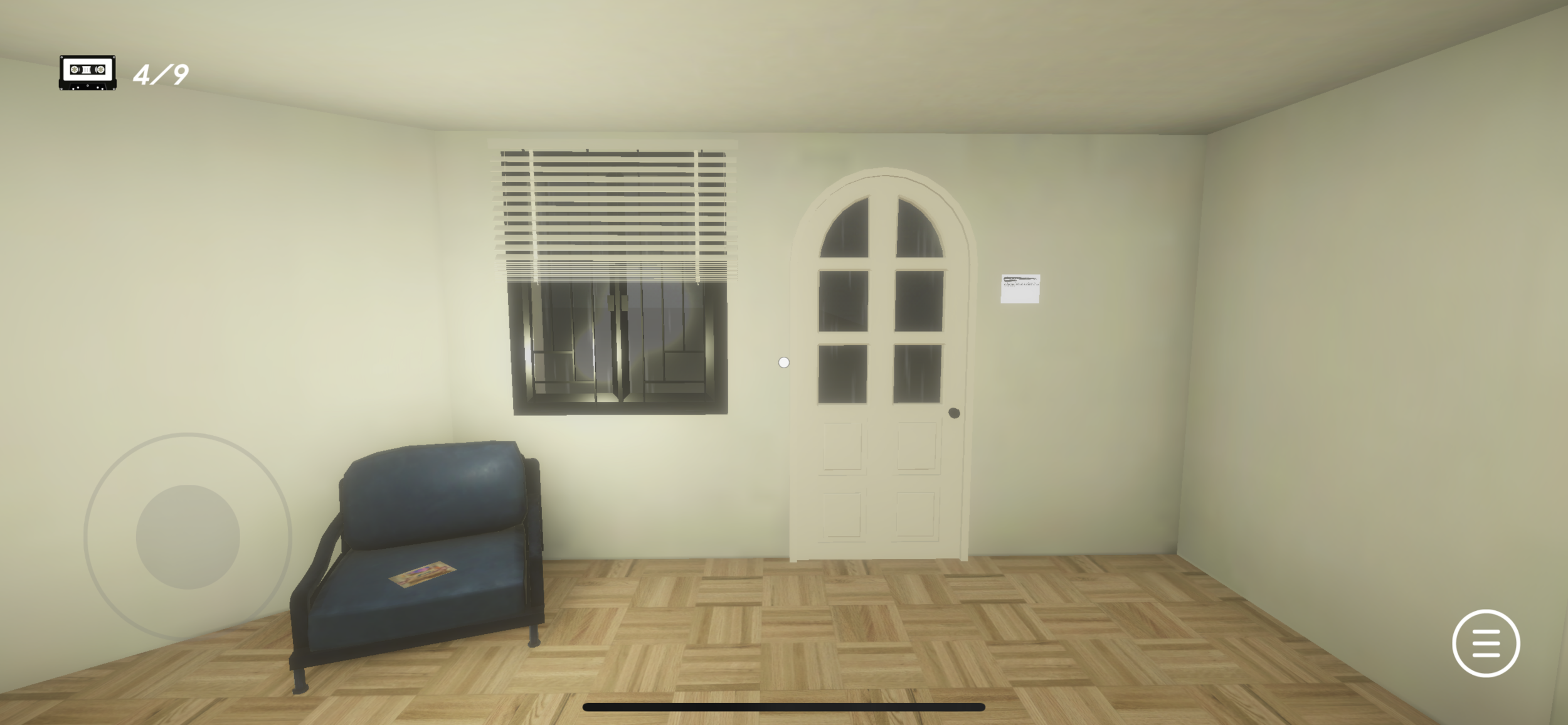
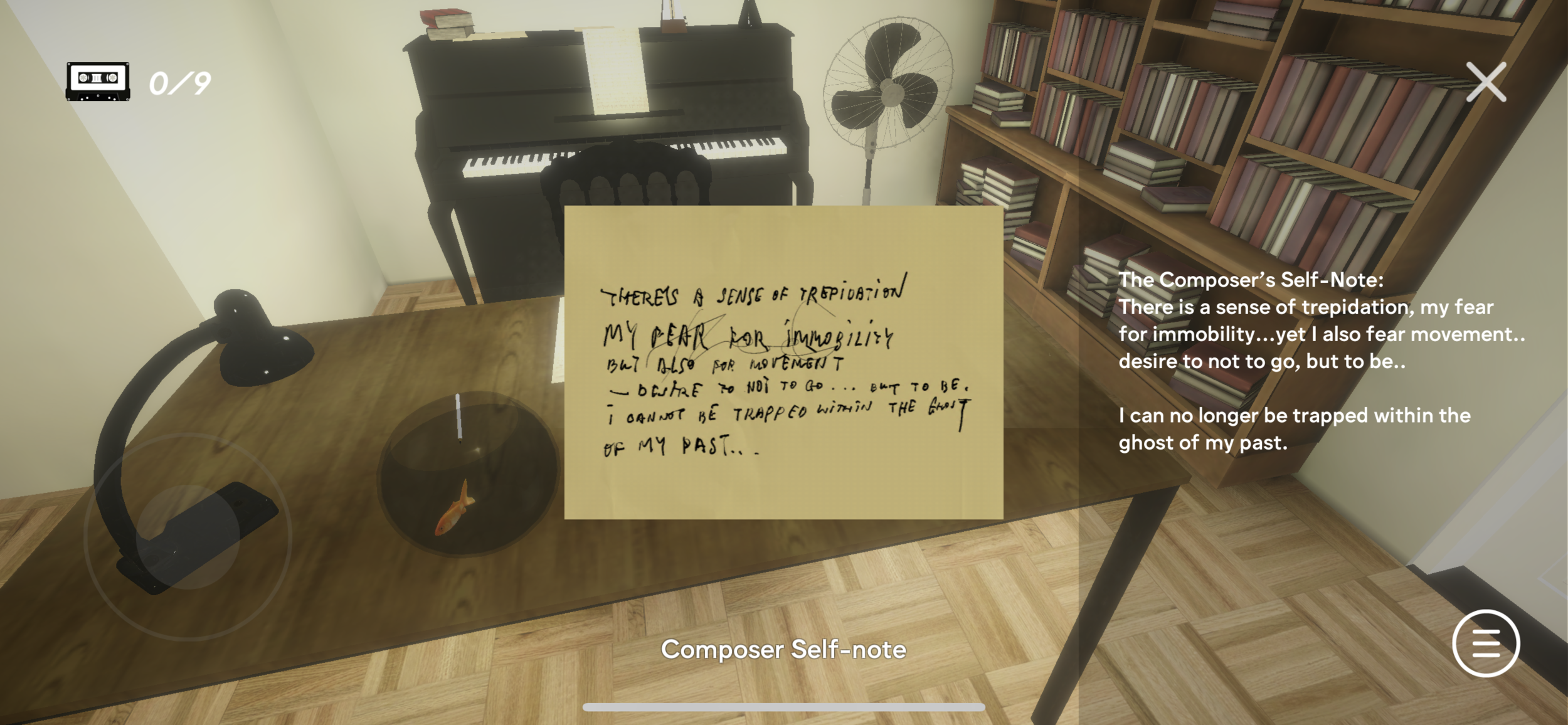
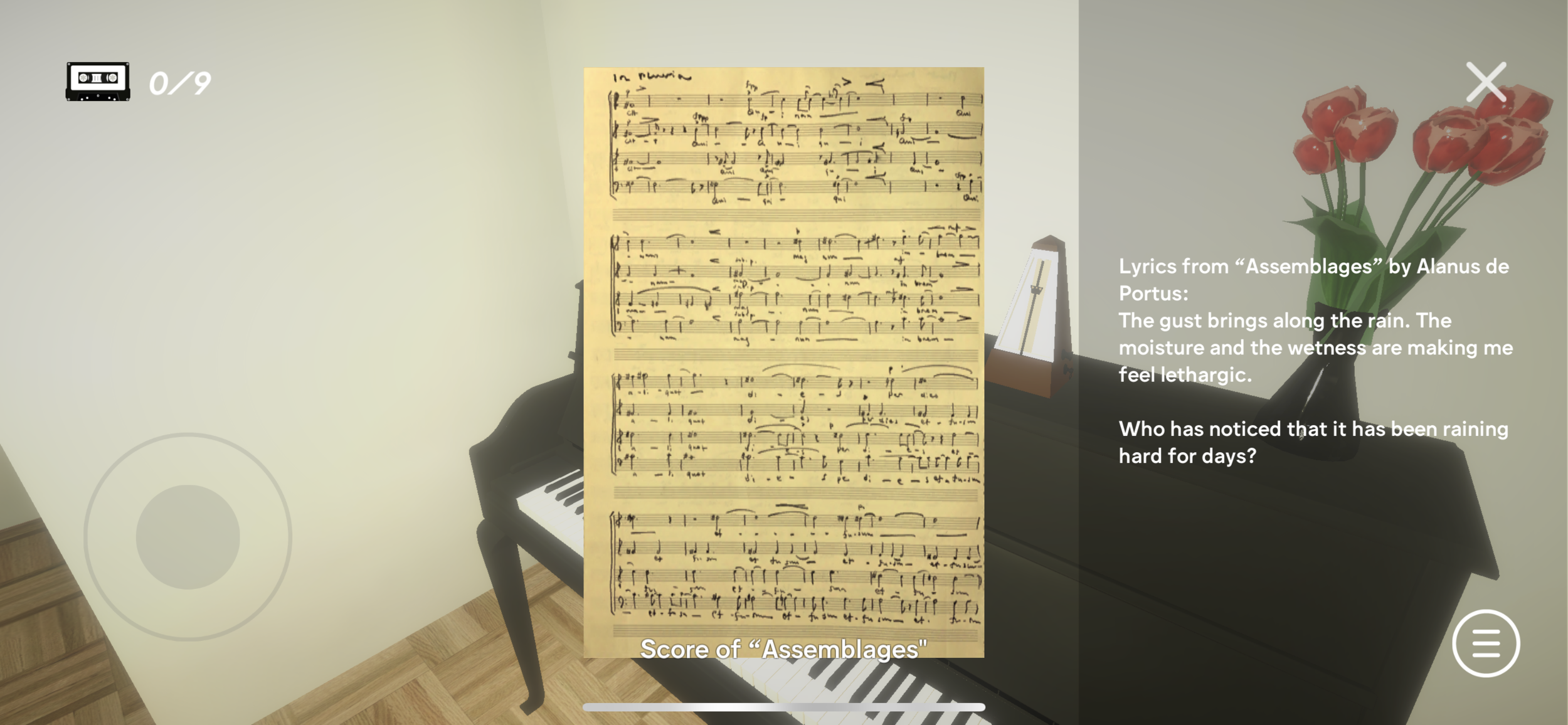
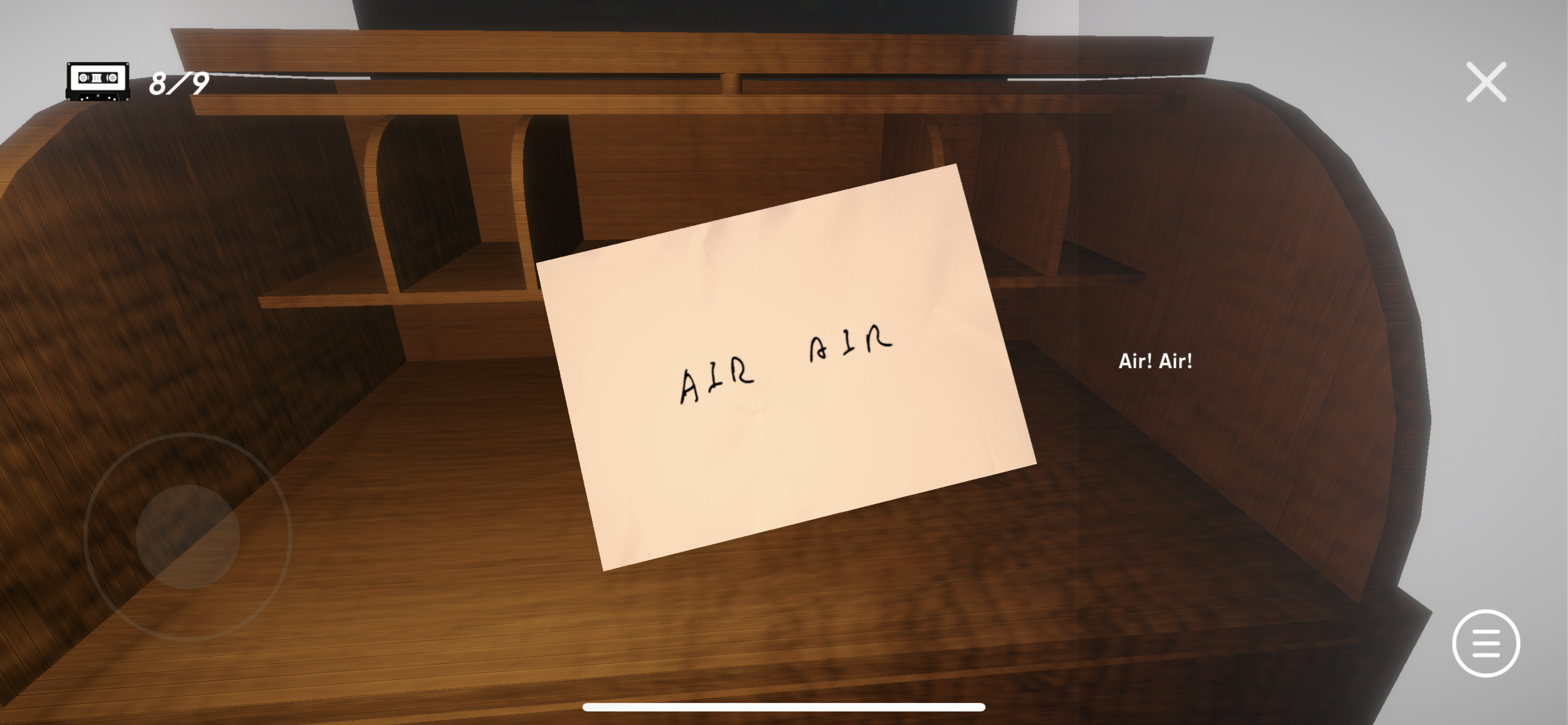
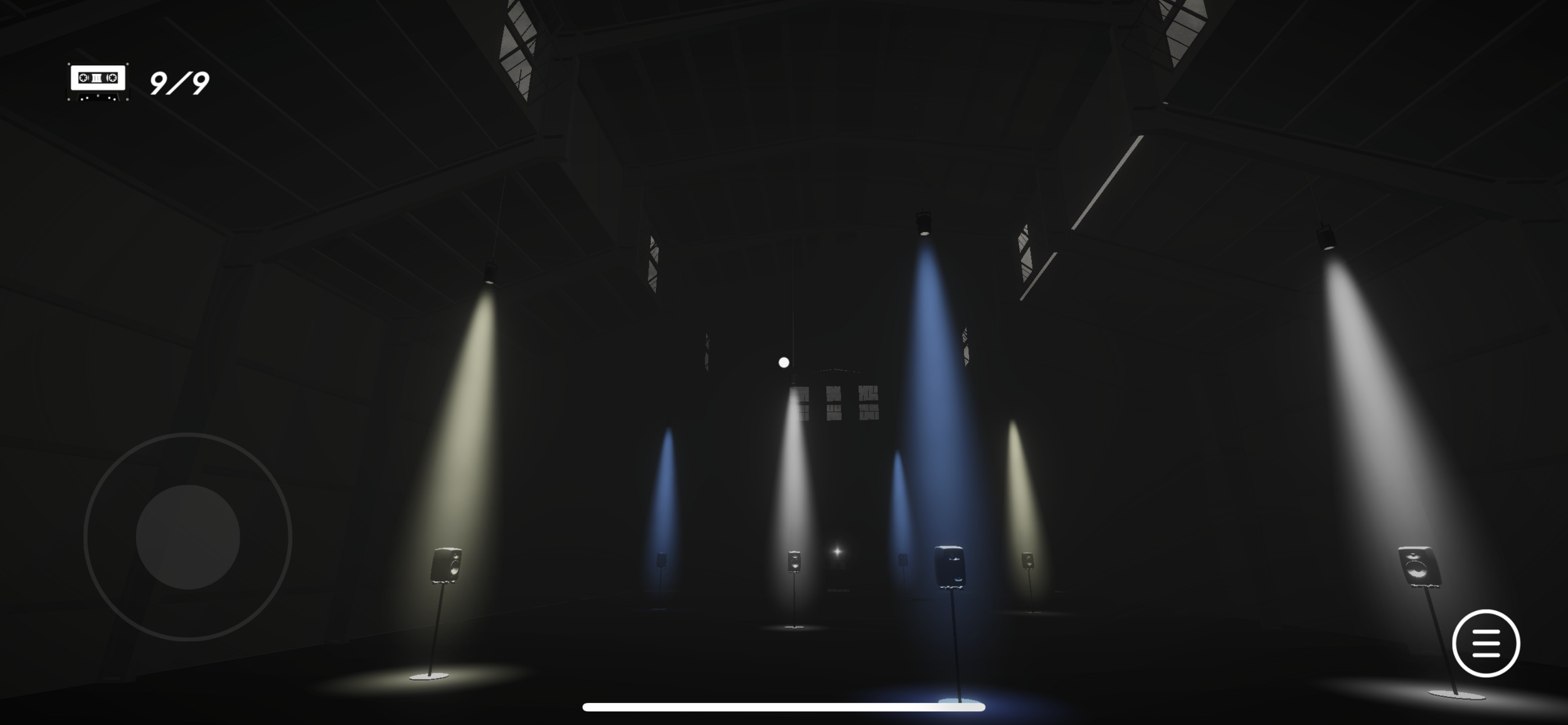
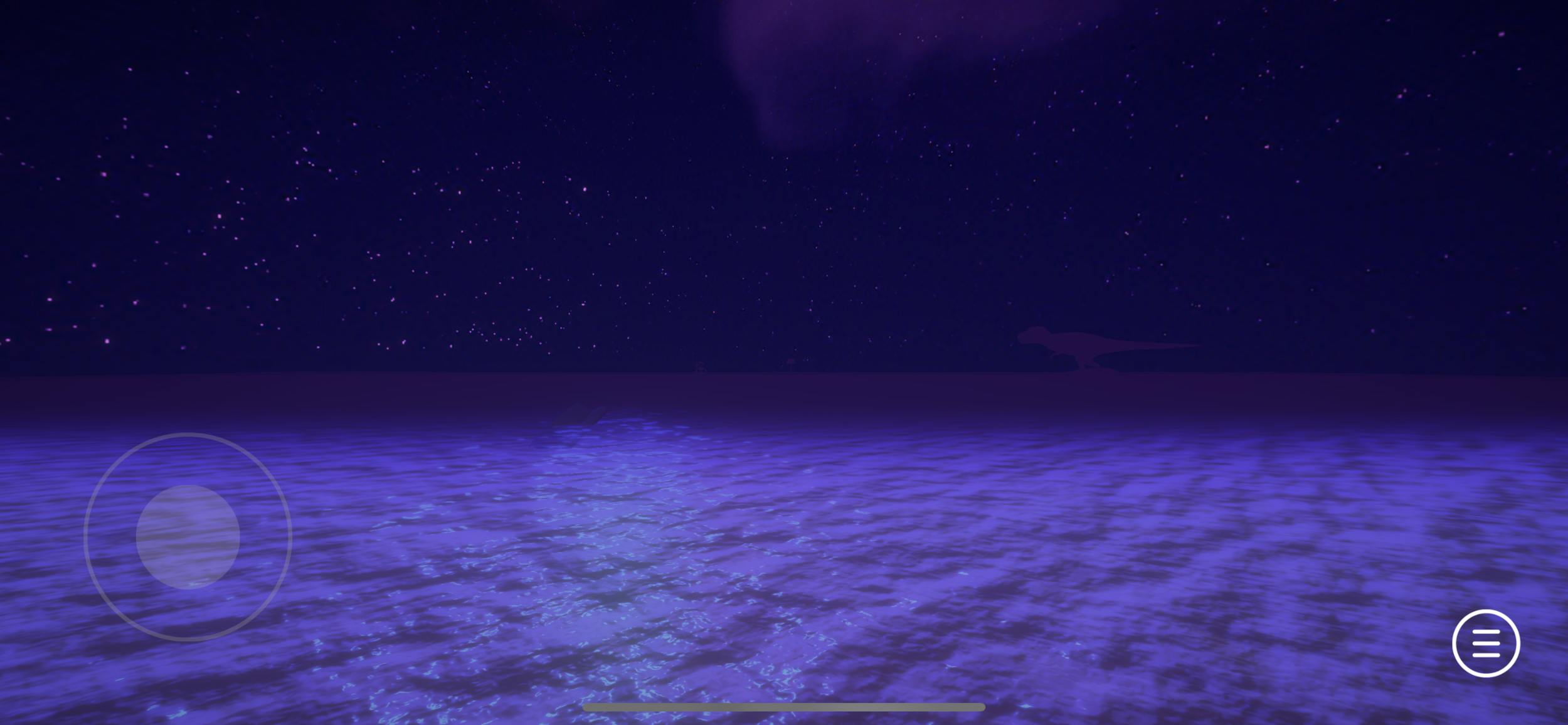
Curatorial Statement
Time changes – yesterday leads to today, today moves on to tomorrow. Our present is taken away day after day and becomes the past, all the while as we greet the future that constantly beckons us. We cannot see or capture time and we cannot truly perceive its existence. To interpret the passing of time, we can only watch how things change – as the sun rises and sets, as the tide ebbs and flows.
The arrival and departure of time is a relative concept. When we delve into our minds to look for fragments of time, there are certain bits and pieces from the past that still feel fresh and vivid. Others, however, barely register, leaving only the vaguest of impressions – we may not even know whether we are looking at our own stories or someone else’s or merely discrete ideas hiding in our heads. Fragments that filter through to the deepest parts of our minds may be the most trivial things from a distant past that are no longer even worth talking about.
Immersed in the ocean of memory, we may be unaware that memory can be constructed. In fact, the brain cannot be sure about the integrity, objectivity, accuracy and authenticity of our memories. Everyone interprets how things evolve from their own perspective, guided by factors such as context, personal awareness and knowledge, selected and consolidated information and the environment. Differences in the sequence in which we remember events taking place will produce differences in interpretation. Even if we are recounting the “truth”, there can be a multitude of aspects behind a narrative, each exerting a different impact on the way our so-called reality is shaped. Even if the same memory is owned by everyone, each individual can select bits and pieces from it and create their own narratives. This is the re-creation process in the mechanism of memory. Memory is modified, twisted and then reconstructed. The “truth”, fading with time and built by memory, becomes the new “present” and memory.
Based on a text reconstructed from the artist’s own questionable, dream-like memories, Alain Chiu’s Dream Sequence builds on the concept of a collage. Sound art, musical composition and various media are combined to explore the metaphysical concept of the “present”. Dream Sequence comprises three parts: Anatomy of a Dream reveals “reality” playing out at different intensities in the background stories and hidden clues laid out in the Instagram of an insomniac virtual persona over a period of time; in Simulacrum, the exhibition hall of the Hong Kong Visual Arts Centre is turned into a blueprint of space, on which CGI 3D technology is applied to create a four-dimensional space where reality and virtuality co-exist and the new intersects with the old; I always hated the moisture, it makes me feel tired invites the audience to walk into another four-dimensional virtual space (mobile app / web page). As they take this journey reconstructed from the artist’s memories, the audience experiences its plots, sequences, and sensory details, picking up some parts of these memories to create their very own song of the “present”.
Evidence existing in the world provides the possibility for diverse interpretations: each individual can have a different understanding, different feelings; multiple perspectives allow different experiences of the world; different directions or depths can be expanded to experience the existence of reality. Today, however, there is a great deal of talk about how we are living in a post-truth era and about how memory can be fabricated. Perhaps we can only listen to how we feel – our own feelings at this very moment are the only solid truth.
Hong Kong Visual Arts Centre



